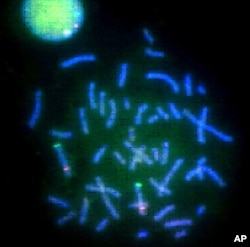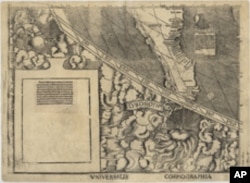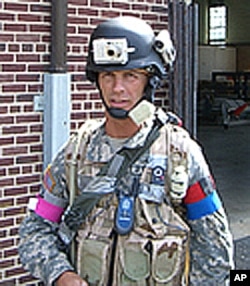Next year will mark the 110th anniversary of a U.S. government agency that is unknown to most Americans. Yet its work affects their everyday lives in countless ways.
Generations knew the agency as the National Bureau of Standards. When it was founded in 1901, electricity was just making its way into widespread commercial use, and the nation used a variety of standards to measure length, weight, and mass. There were something like 30 different ways to measure quantities of liquid, for instance.
The agency is now known as NIST - the National Institute of Standards and Technology. The Washington Post newspaper calls its 235-hectare headquarters complex in Maryland "Uncle Sam's House of Wonders".
There, NIST technicians and scientists come up with new ways to measure things, set standards for products, and test new technology in all sorts of industries. On a separate campus in Boulder, Colorado, NIST maintains the earth's atomic clock, which is thought to be so accurate, it would take more than 100 million years for it to gain or lose a single second.
NIST standardized smoke detector readings, X-ray machines, cholesterol calculations, and gasoline pump calibrations. For the National Archives, NIST scientists enclosed America's "Charters of Freedom" - the Declaration of Independence and Constitution - in aluminum blocks, sealed with tempered glass.
One giant room on the NIST campus is filled with exotic milling, machining, and other industrial equipment. Here, specialists make instruments for NIST researchers, who in turn test everything from bullets to football helmets.
They invent things, too. NIST scientists developed a device that turns computer documents and electronic messages into Braille for the sight-impaired.
These days, NIST is especially hard at work on nanotechnology, cybersecurity, and efforts to create a nationwide "smart" electric grid. The agency that standardized fire hoses and once re-measured and corrected the exact length of a meter has a brand-new complex that is testing and measuring matter as small as an atom.











